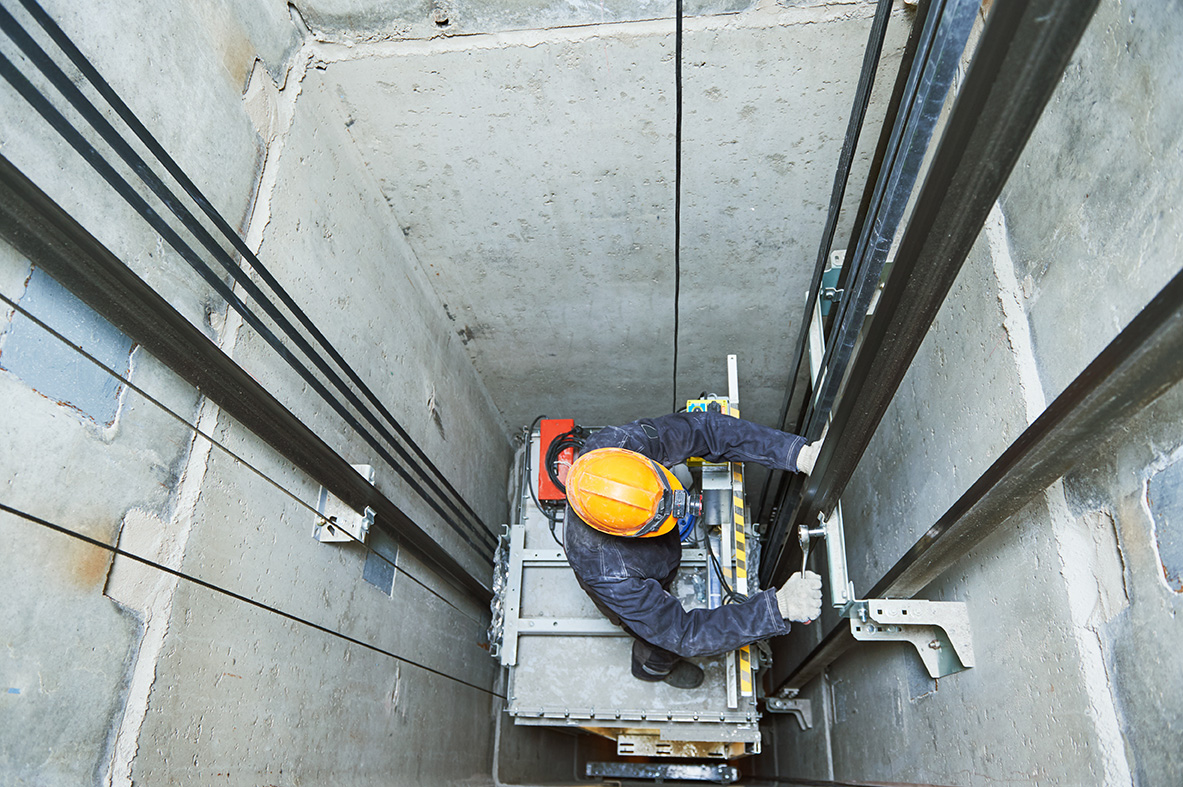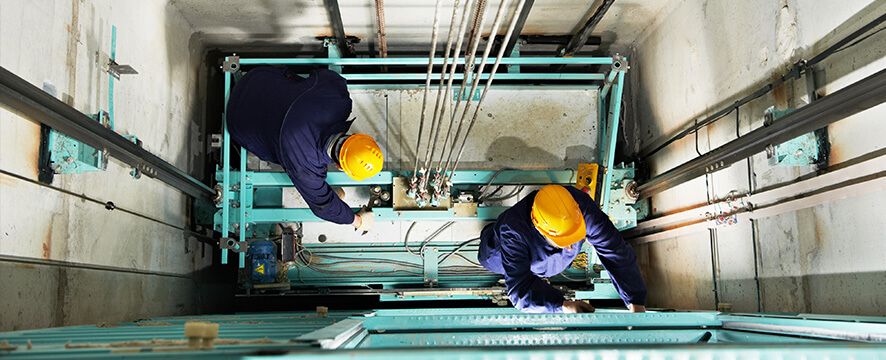Top Lift Repair Companies Near Me for Dependable Maintenance Services
Top Lift Repair Companies Near Me for Dependable Maintenance Services
Blog Article
Comprehensive Guide to Elevator Equipments and Their Upkeep
Browsing the intricate globe of lift systems and their upkeep is a job that demands accuracy and knowledge. From the different sorts of lift systems being used to the precise adherence to safety policies, the maintenance of these vertical transportation devices is a diverse undertaking. As structures rise higher and innovation breakthroughs, the need for a detailed understanding of lift systems becomes increasingly essential. Join us as we unravel the intricacies of elevator maintenance, discovering common issues, finest practices, and innovative innovations that shape the contemporary landscape of upright transport.
Sorts Of Elevator Systems
The most usual kinds include hydraulic elevators, grip elevators, machine-room-less elevators, and vacuum elevators. Hydraulic lifts are ideal for low-rise structures and use a hydraulic piston to move the elevator car. Machine-room-less elevators are a space-saving alternative as they do not need a different equipment room for the lift machinery.
Each kind of lift system has its own advantages and drawbacks, making it crucial for building proprietors and designers to meticulously consider their certain needs prior to picking the most appropriate choice. Aspects such as developing elevation, space accessibility, energy effectiveness, and budget plan restrictions all play a substantial role in identifying the very best lift system for a specific structure.
Typical Maintenance Concerns
Routine upkeep of elevator systems is vital to make sure smooth procedure and extend their life-span. In spite of normal upkeep, lift systems can still encounter typical upkeep issues that require to be immediately dealt with to stop disturbances in service. Among one of the most frequent issues is door breakdowns. Lift doors may obtain misaligned, bring about problems with opening and closing correctly. This can create delays and security risks, calling for instant focus from maintenance service technicians. An additional common problem is connected to the lift's leveling precision. Travelers might experience tripping threats and pain if the lift does not align correctly with the floors. Furthermore, problems with the control system, such as sensing unit troubles or electric concerns, can create the lift to breakdown or quit working completely. Regular inspections and proactive maintenance can help identify and fix these typical upkeep problems prior to they intensify and affect the general efficiency of the elevator system.
Safety Rules and Conformity
Following strict safety laws and making sure compliance with industry criteria are vital find here for maintaining the functional stability of elevator systems. Lifts go through a comprehensive collection of security guidelines to protect passengers, upkeep workers, and the general public. Regulative bodies such as the Occupational Safety and Wellness Management (OSHA) in the United States and the European Lift Association (ELA) in Europe establish guidelines that cover different aspects of lift design, upkeep, operation, and installment.
Compliance with these laws is not only a lawful requirement however additionally a moral responsibility for building proprietors and elevator upkeep firms. Failure to fulfill safety requirements can cause fines, legal liabilities, and, most notably, jeopardize the security of people using the elevator. Regular examinations, maintenance checks, and adherence to safety and security procedures outlined in the regulations are important to guarantee the efficient and secure operation of elevator systems. By prioritizing security regulations and conformity, stakeholders can promote the trust of the general public and reduce prospective threats related to lift use.
Finest Practices for Maintenance

Building owners ought to likewise take into consideration investing in innovation upgrades to boost the efficiency and safety of their elevator systems. By following these ideal methods, elevator systems can image source run smoothly and safely, offering reputable vertical transport for passengers.

Advanced Technologies for Effectiveness
Applying advanced innovations in elevator systems can considerably enhance functional efficiency and passenger experience. These systems enable guests to input their preferred floor before entering the elevator, which then guides them to the most efficient auto.
In addition, the combination of wise sensing units and anticipating maintenance capacities has changed elevator upkeep. These sensing units can discover possible Source problems before they rise, making it possible for proactive upkeep interventions and reducing downtime. Additionally, using regenerative drives and energy-efficient components helps in reducing power usage and operating expense in elevator systems.
In addition, the application of cloud-based monitoring and remote diagnostics enables real-time tracking of lift performance and immediate troubleshooting of any malfunctions. This proactive method not just enhances system reliability yet additionally improves the overall customer experience by making sure uninterrupted and smooth elevator operations.
Final Thought
In conclusion, recognizing the various kinds of lift systems, usual maintenance concerns, safety regulations, finest upkeep techniques, and progressed technologies for efficiency is vital for ensuring the smooth procedure of elevators. By sticking to safety policies and executing best practices for maintenance, structure proprietors can prolong the life expectancy of their elevator systems and make sure the security of passengers. It is necessary to stay updated on the latest improvements in elevator technology to improve effectiveness and dependability.
The most usual types consist of hydraulic elevators, grip lifts, machine-room-less elevators, and vacuum cleaner lifts. Hydraulic lifts are suitable for low-rise buildings and make use of a hydraulic piston to relocate the lift automobile. Machine-room-less lifts are a space-saving option as they do not call for a different machine area for the lift equipment. Regular examinations and positive upkeep can assist identify and fix these usual maintenance problems prior to they escalate and affect the total efficiency of the elevator system.

Report this page